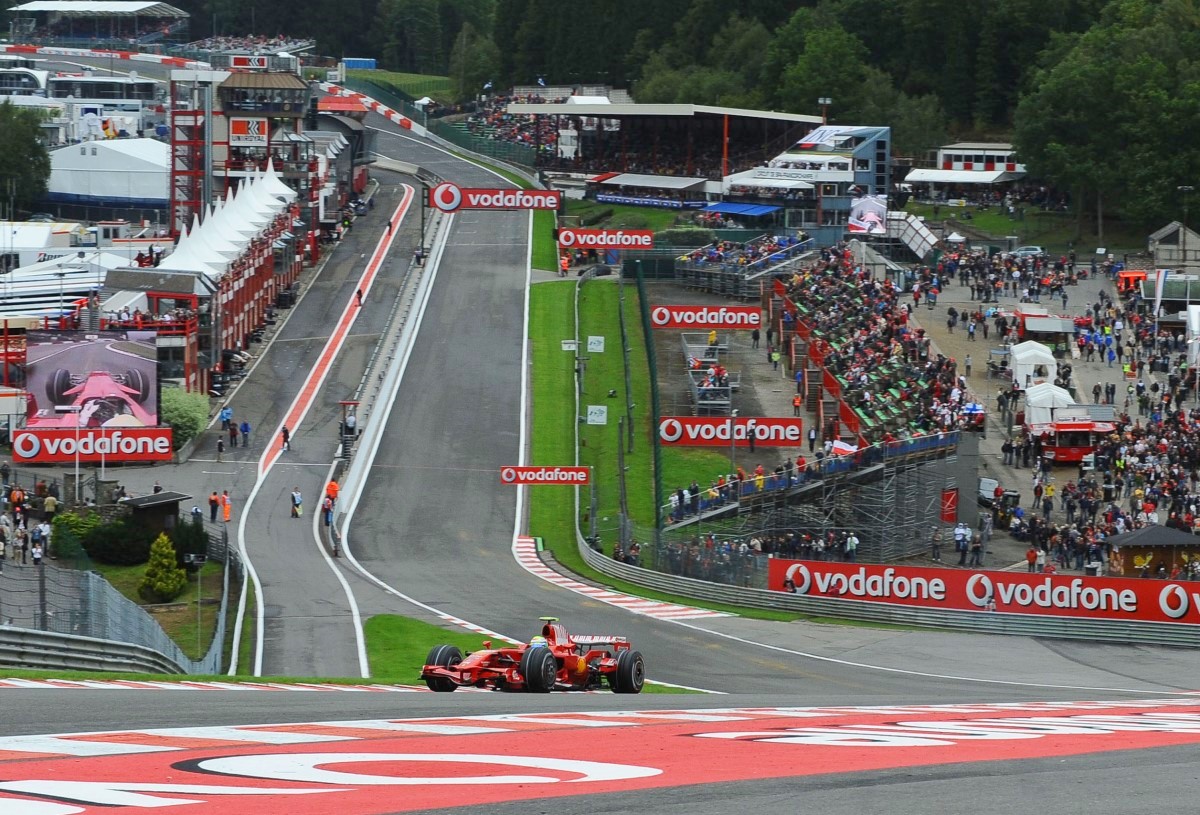Belgian Grand Prix from an Engine’s Perspective
 |
| Spa's famous Eau Rouge |
Spa-Francorchamps is steeped in motorsport heritage and is one of Formula One’s most beloved and challenging race tracks, nestled neatly in the Ardennes forest. Together with the next race on the calendar, the Italian Grand Prix at Monza, the Belgian Grand Prix is the most demanding event of the year for engines.
At little over 7km in length, Spa is unquestionably the longest track on the calendar and places an emphasis on outright engine power with its composition of medium-high speed corners and long straights, including notable elevation changes. It also has the second highest average speed of the season.
In stark contrast to the fast sections such as Eau Rouge, Raidillon and Blanchimont, the first corner drivers have to negotiate is the slow La Source hairpin which belies the high-speed demands that are to come for the remainder of the lap.
Engine performance makes a significantly heightened contribution to lap time at Spa. Downforce levels are typically in the low-medium range, reducing the impact of aerodynamics, although chassis responsiveness still plays a key role through the few slower-medium speed parts of the track.
The Belgian Grand Prix was not held in 2006 when Cosworth was last involved in F1 as an engine supplier, so it has been five years since the sound of a Cosworth engine reverberated around the Spa-Francorchamps track. More surprisingly, the last time a Cosworth V8 unit was raced at Spa was back in 1997 before the introduction of the V10 configuration engines that powered Formula One cars from 1998-2005.
